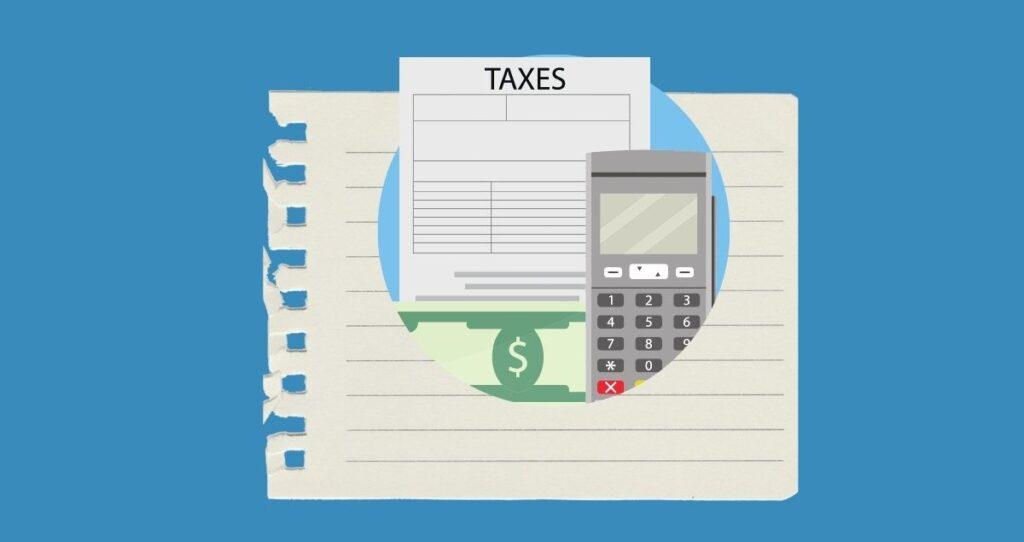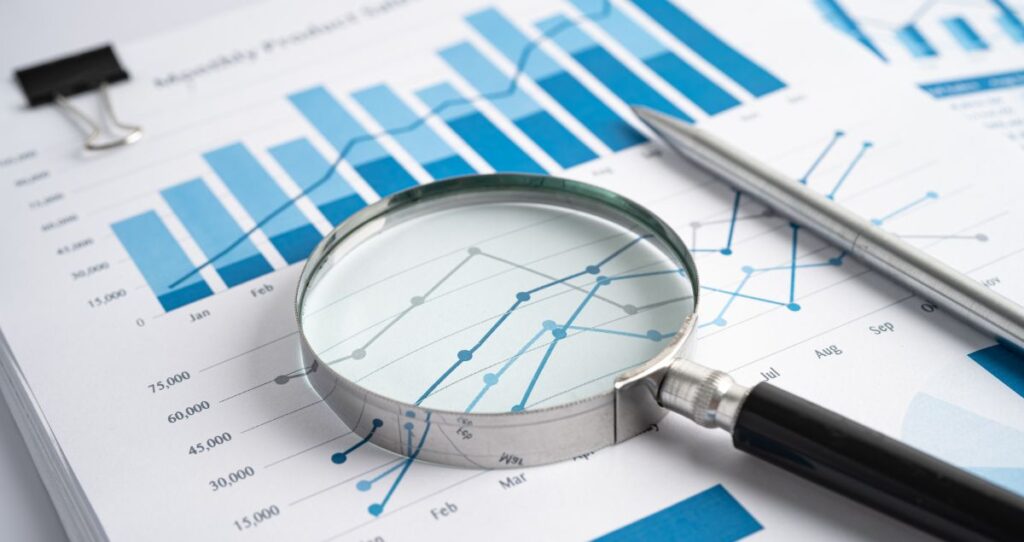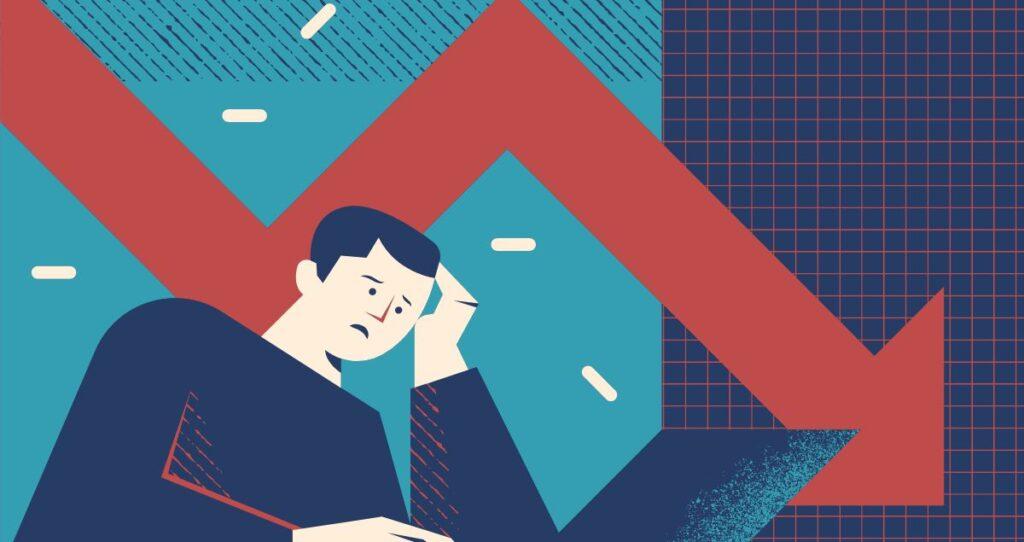What is a bond? A bond is an investment security where an investor lends money to a government or a corporation in exchange for a fixed interest rate until the bond matures. At maturity, the bond issuer pays back the face value to the investor. Unlike stocks where each share represents ownership in the company, bonds do not represent ownership. Instead, bonds are loans to the company in exchange for a fixed interest rate. For example, if you buy a $10,000 face value 10-year bond with a coupon rate of 5%, you will make $500 yearly for 10 years. After 10 years, you will receive your initial investment of $10,000. Common types of bonds include Government Bonds, Corporate Bonds, Municipal Bonds, Agency Bonds, Green Bonds, and Bond ETFs.
You can buy bonds from banks, brokerage firms, or directly from the bond issuer such as government websites. US bonds are usually purchased directly from the Treasury Direct website. As of the writing of this post, a 30-year Treasury bond yields 4.625% while 10-year notes yield 4.375%. While holding a bond until maturity allows you to earn the entire pre-determined return on investment, you can resell the bond at a secondary market at an exchange.
In this article, I will walk you through the basics of bonds, how to buy bonds, types of bonds, and how bonds can help you diversify your portfolio.
What is a bond?
A bond is an investment security where an investor lends money to a corporation or a government in exchange for a fixed yield for a specific time. At maturity, the bond issuer returns the face value to the investor plus any accrued interest rate. Bonds usually move in the inverse direction of interest rates. That is existing bonds lose value when market rates are increasing and vice-versa.
When you have a bond, its issuer pays you a fixed interest rate until maturity. High-quality bonds come with lower interest rates due to minimal risks while low-quality bonds offer higher interest rates due to carrying more risks.
Similarly to consumers’ credit ratings, bond issuers get credit ratings to help investors make informed decisions. Standard & Poor’s, Fitch, and Moody’s are the three main bond credit rating organizations in the U.S. market. These agencies classify bonds into two categories.
- Investment bonds. Investment bonds are bonds with low risk but they offer lower yield. According to Fidelity, investment bonds come with ratings of BBB- (on Standard & Poor’s and Fitch scales) or Baa3 (on Moody’s scale) or better.
- Non-investment. These are also classified as junk bonds and they carry more risk. Non-investment bonds have lower ratings than investment bonds.
6 types of bonds
Bonds come in different types and risks. Generally, there are six types of bonds that investors can choose from.
- Treasury Bonds/Government Bonds. Government Bonds are investment securities issued and backed by the U.S. government. These bonds are more secure compared to other types of bonds. The downside of Government Bonds is that they come with lower interest rates. The government issues bonds to raise money for infrastructure such as road construction, funding public schools, building bridges, etc.
- Corporate Bonds. Corporations issue these bonds to raise capital for operations and expansion plans. Owning a Corporate Bond does not give you ownership of the company like stocks do. Instead, you lend money to the company in exchange for interest-rate payments.
- Municipal Bonds. These bonds are issued by local government to fund public infrastructure such as schools, roads, hospitals, etc. Earnings from Municipal Bonds are usually exempt from state, federal, and local government tax, making them attractive to many investors who want to maximize their tax benefits.
- Agency Bonds. Agencies sponsored by the government offer these bonds. Keep in mind that the government does not back Agency Bonds. However, they are safer than Corporate Bonds due to having affiliation with the government.
- Green bonds. These bonds are issued solely to fund green initiatives such as renewable energy and environmentally friendly projects.
- Bond ETFs. Just like regular stocks, you can purchase Bond ETFs and they work similarly to individual bonds. Some investors prefer Bond ETFs as they are diversified which reduces risk.
Where and how to buy bonds?
Investors can buy bonds from brokerage companies, banks, or directly from bond issuers such as the Treasury Direct website. The interest rate on a bond is determined at the time of purchase and stays constant until maturity or when you resell the bond at the secondary market.
So, if you have a brokerage account, you can easily purchase ETFs and mutual funds that specialize in bonds. A transaction commission is usually applied to your account by the broker. If you want to own Government Bonds, the best and easiest way to buy Government Bonds is through government-sponsored websites such as Treasury Direct which is the official website of the United States for buying Government Bonds.
What is the bond maturity date?
The bond maturity date is the date a bond issuer pays back the original investment also known as the face value or per value back to the investor. This date is also known as the due date. For example, if you have a 10-year bond with a $10,000 face value, the bond issuer will give you $10,000 at maturity.
Common bond terminologies you should know
If you are new to the bond markets, there are a few commonly used bond vocabularies you should know. The following are six terms every bond investor should know.
- Yield. Yield also known as coupon rate is the interest rate you receive expressed as a percentage. Usually, the bond yield is estimated at the time of bond purchase. While bond yields change due to market rates, the yield on the bond you hold stays constant until maturity.
- Face value. The face value is the value of the bond at the time of purchase. For example, if a bond face value is $2,000, you will pay $2,000 to that bond. The face value is also known as the par value.
- Bond price. This is the price a bond could be sold for if it was sold on the secondary market which is influenced by market rates and similar bonds.
- Maturity date. This date represents the time when the bond term ends and the bond issuer pays back the face value to the investor.
- Secondary market. This is the market where investors can resell existing bonds such as at exchanges.
- Bond credit rating. There are credit rating firms that evaluate bond issuers’ creditworthiness, much like consumer ratings do. Bonds from established companies with a low risk of default receive good ratings while risky bonds receive low ratings.
How do market rates affect bond rates?
When you buy a bond, the issuer agrees to pay you a fixed interest rate until maturity. While the interest on your bond will stay the same, bond market rates change over time in response to market rates.
Existing bond values move in the opposite direction of market rates.
If market rates increase, existing bond prices decrease, and vice versa. For example, let’s assume you have a Corporate Bond with a face value of $10,000 at a 4% coupon. If market rates jump 2% in a couple of years and the company starts offering bonds at 5.5%, investors would want to buy new bonds at 5%. This means there will be less demand for bonds with 4% coupon rates as bonds with 5.5% rates will be more attractive to investors. To sell this bond, you would need to offer it at a discount resulting in losing money on the transaction.
The opposite is also true. If market rates decrease within the following 2 years, the existing bond value will go higher. In other words, if you are selling your bond at 4% and the company’s new bond offers are at 2%, your bond will be more attractive to investors, pushing the price higher due to increased demand.
Things to know before buying a bond
While investing in bonds is a great diversification strategy, you must invest in the right bonds to minimize risk and maximize your profit. Here are a few things to know before you start buying bonds.
- Government Bonds are safer. Being backed by the government makes Government Bonds the safest. The trade-off of this safety is lower interest rates. The U.S. Treasuries include Treasury Bills, Treasury Bonds, Treasury Inflation Protected Securities, Treasury Notes, and Separate Trading of Registered Interest and Principal of Securities (STRIPS).
- You don’t have to hold your bond until maturity. You can resell your bond in a secondary market free of penalty but brokers charge a transaction commission.
- You can lose money on your bond. As long as you hold your bond, you can continue to receive the coupon/yield. But, if you resell your bond when market rates are higher than when you purchased it, or if the bond issuer goes under, you will lose money.
- You can make money with bonds in two ways. First, you get paid a fixed interest until maturity. Second, if you sell your bond before maturity when market rates are lower, you could sell it at a higher value than you purchased it for.
- Not all bonds are created equal. Just because bonds offer fixed interest rates, does not mean all bonds are good. In bond markets, you will come across junk bonds. These are bonds with lower credit ratings. Low-grade bonds come with higher interest rates but the risk of default is also higher.
- You can buy a bond EFT. Similarly to stocks, the bond market also offers bond ETFs which are less risky since they are diversified.
What is the face value of a bond?
The face value of a bond also known as per value is the the initial cost of a bond. For example, investing in a 10-year bond with a face value of $10,000 means you are lending the bond issuer $10,000 for 10 years. This amount is the per value and you receive it at maturity.
What is the meaning of bond credit rating?
Just like consumer credit ratings where credit bureaus rate consumers ‘ creditworthiness, companies and governments that issue bonds also receive ratings. Different institutions categorize bond issuers into two major categories including investment grade and non-investment grade or below investment grade.
Moody’s, Standard & Poor’s, and Fitch are the three major bond credit rating agencies in the U.S.A. Bonds with high investment grades are those with a BBB- for the Standard & Poor’s, and Fitch or Baa3 on the Moody’s scale or better. Any bond that receives a rating grade under these two ratings is considered a non-investment bond or a junk bond and therefore, risky for investors.
How can you use bonds to diversify your portfolio?
Building a well-diversified portfolio is a great way to minimize risks due to market volatility. Investors usually hold a combination of equities, fixed-income assets such as bonds, cash and cash equivalents, and foreign equities to diversify their portfolios. How much money should you hold in bonds to diversify your portfolio?
Since bonds offer fixed interest over time, the percentage of bonds in your portfolio will depend on your risk tolerance, investment horizon, and investment goals. For example, if you are close to retirement, you should hold more bonds than equities to minimize risks. On the other hand, if you are in your 20s or 30s, holding more equities than bonds can help you build wealth faster as you can afford to take on more risk. Also, bond rates move in the inverse direction of stocks which can help you hedge against the stock market downfalls.
A more common diversification strategy many investors use is the 60/40 portfolio. That is investors hold 60% of their investments in equities(stock and stock funds) and 40% in bonds. A modified version of this portfolio is a 50/40/10 portfolio where 50% of funds are held in equities, 40% in bonds, and 10% in cash and cash equivalents.
If you are younger and can tolerate volatility, a growth portfolio can help you build your net worth faster. With a growth portfolio, you would hold 80% of your investments in equities and 20% in bonds.
Extra investing tips
8 things to do before you start investing
15 ways to become rich without investing in real estate
5 different types of portfolios: Which portfolio is right for you?









